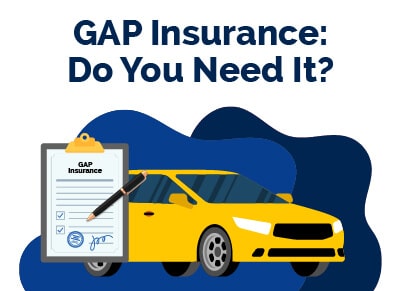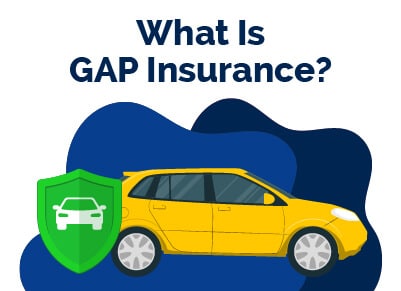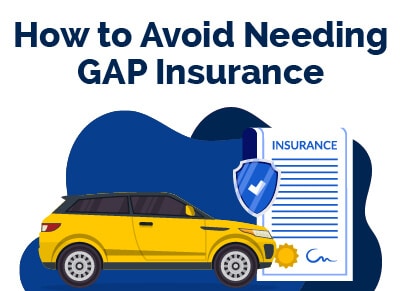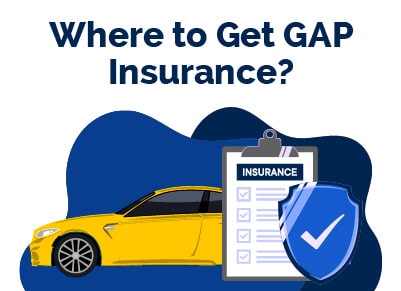
Geoff Cudd

I am a serial entrepreneur and a consumer advocate. When I’m not helping car buyers, I love working on ventures that have a positive impact.
I run a cause marketing agency and serve on the board of Vayu Global Health where we are disrupting the medical industry and preventing the needless deaths of mothers and babies during childbirth.
If you’re looking to save money when buying a car, consider not purchasing gap car insurance (also called gap protection).
Many websites (and, of course, the Finance Department at a car dealership) will try to scare you into thinking it’s a necessity, but I try to provide a more objective opinion.
Salesmen will tell you that the moment you drive off the lot, your insurance is probably inadequate to cover you in the event of a total loss. But don’t let this frighten you into spending money without considering whether you really need to.
What Is GAP Insurance for Cars?
 As you know, you are required to carry insurance for your vehicle. However, if your vehicle is totaled and you owe money on the car, then conventional insurance will not cover the difference. That’s where GAP insurance comes in.
As you know, you are required to carry insurance for your vehicle. However, if your vehicle is totaled and you owe money on the car, then conventional insurance will not cover the difference. That’s where GAP insurance comes in.
GAP insurance covers the difference between what a vehicle is currently worth and the amount you owe.
How Much Does GAP Insurance Cost?
GAP insurance will usually cost anywhere between $200 to $700 in total. If you get GAP insurance as an add-on to your current policy, then you should expect to pay anywhere from $20 to $40 per year.
How Does GAP Insurance Work?
GAP insurance is optional. This is coverage that you should get if you owe more than what the vehicle is worth. When you purchase the insurance, you pay a premium. This insurance protects you if the vehicle is totaled and you owe more than the car’s value.
GAP Insurance Example
Let’s say someone named Craig purchases a new F-150 truck for $60,000. After one year, Craig still owes $52,000 on the vehicle.
However, the truck is totaled in an accident, and conventional insurance said that the truck was only worth $42,000 at the time of the accident. That means that Craig will still owe $10,000 on the truck. GAP insurance covers the $10,000 difference.
Why Should You Consider Skipping the Gap Insurance?
Like all insurance, car GAP insurance is a premium you pay to hedge against future risk. You’ll spend a few hundred bucks now to protect yourself from the possibility of owing a thousand or two later. But like all insurance, you have to assess whether avoiding risk is worth the premium.
Consider the cost of the insurance versus the amount of the payout and the likelihood that you will need it. For example, if a gap policy costs $300 and your likely payout is $2000, you’re wagering 15% of the potential payout to cover your risk. Do you think there’s a 1 in 7 chance of totaling your car? If not, it’s probably a high premium to pay. And keep in mind, regular car insurance covers the cost of repairs for a majority of accidents. Your car must be completely totaled for gap insurance to even come into play.
Not only that, but if you buy a gap insurance policy from the dealership you’ll probably pay more because they will include a profit margin for themselves.
Also, if your existing insurance policy covers “full replacement cost” or “fully financed amount”, then you do not need additional GAP coverage.
How to Avoid Needing Gap Car Insurance?
The real question should be, how do you avoid becoming upside down in a car loan? Here are a few tips:
 Borrow as little as possible. Did you know it’s possible to finance more than the cost of the car? This can happen if you roll over a balance from a previous loan or include tax, tag, warranties, and add-ons in your loan. Try to avoid this temptation and put up a reasonable down payment (if possible aim for at least 20%).
Borrow as little as possible. Did you know it’s possible to finance more than the cost of the car? This can happen if you roll over a balance from a previous loan or include tax, tag, warranties, and add-ons in your loan. Try to avoid this temptation and put up a reasonable down payment (if possible aim for at least 20%).- Avoid longer loan terms. A longer loan means you build equity more slowly (aim for 5 years or less).
- Get competitive financing online. Using dealer financing or poor credit could both be reasons for a high-interest rate. You want more of your money to go towards principal, not interest.
- Avoid rolling negative equity from an old loan into your new loan by paying it off before buying.
- Don’t overpay for a vehicle. The more you reduce the price of your new car, the easier it will be to pay it off.
- Consider cars with higher residual values when buying. The faster a car depreciates, the more at risk you become.
If being upside down in a loan is unavoidable, consider whether you’re willing to accept a little risk. If your car was totaled, could you survive for a few months sharing a car or replacing it with a cheaper car that allowed you to finish paying off your old loan?
Where to Get GAP Insurance
 You can get GAP insurance from most companies that already offer GAP insurance. Additionally, you can get GAP insurance from your local dealership where you purchased or leased your vehicle. Here are some top insurance companies which offer GAP insurance.
You can get GAP insurance from most companies that already offer GAP insurance. Additionally, you can get GAP insurance from your local dealership where you purchased or leased your vehicle. Here are some top insurance companies which offer GAP insurance.